The Ethnic Wear Market is currently characterized by a dynamic competitive landscape, driven by a blend of cultural heritage and modern consumer preferences. Key players such as Fabindia (India), Manyavar (India), and Biba (India) are at the forefront, each adopting distinct strategies to enhance their market presence. Fabindia (India) focuses on sustainable practices, emphasizing organic materials and fair trade, which resonates with environmentally conscious consumers. Manyavar (India), on the other hand, positions itself as a leader in traditional menswear, leveraging its extensive retail network to capture a significant share of the market. Biba (India) targets the women’s ethnic wear segment with a strong emphasis on contemporary designs, thereby appealing to younger demographics. Collectively, these strategies contribute to a competitive environment that is both innovative and responsive to consumer demands.
In terms of business tactics, companies are increasingly localizing manufacturing to reduce lead times and enhance supply chain efficiency. This approach not only minimizes costs but also allows for greater customization of products to meet local tastes. The market structure appears moderately fragmented, with numerous players vying for consumer attention. However, the influence of major brands like Fabindia (India) and Manyavar (India) is substantial, as they set trends that smaller competitors often follow.
In August 2025, Fabindia (India) launched a new line of eco-friendly ethnic wear, showcasing its commitment to sustainability. This strategic move not only aligns with global trends towards environmentally responsible fashion but also strengthens its brand identity as a pioneer in sustainable practices. The introduction of this line is likely to attract a growing segment of consumers who prioritize ethical consumption, thereby enhancing Fabindia's market position.
In September 2025, Manyavar (India) announced a partnership with a leading e-commerce platform to expand its online presence. This initiative is significant as it allows Manyavar to tap into the burgeoning online shopping trend, particularly among younger consumers who prefer digital channels. By enhancing its e-commerce capabilities, Manyavar is poised to increase its market reach and drive sales growth in a competitive digital landscape.
In July 2025, Biba (India) unveiled a new collection that incorporates traditional craftsmanship with modern aesthetics, aimed at appealing to the millennial and Gen Z demographics. This strategic focus on blending heritage with contemporary design is crucial, as it not only differentiates Biba from its competitors but also caters to the evolving tastes of younger consumers who seek authenticity in fashion.
As of October 2025, the Ethnic Wear Market is witnessing trends that emphasize digitalization, sustainability, and the integration of artificial intelligence in design and retail processes. Strategic alliances are increasingly shaping the competitive landscape, enabling companies to leverage shared resources and expertise. Looking ahead, it appears that competitive differentiation will evolve from traditional price-based competition to a focus on innovation, technology, and supply chain reliability, as brands strive to meet the sophisticated demands of modern consumers.


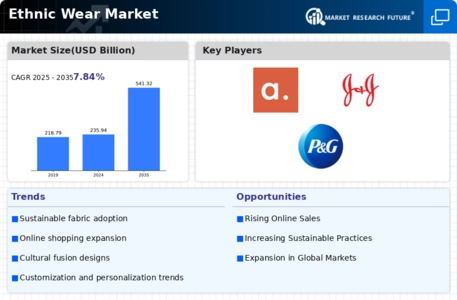
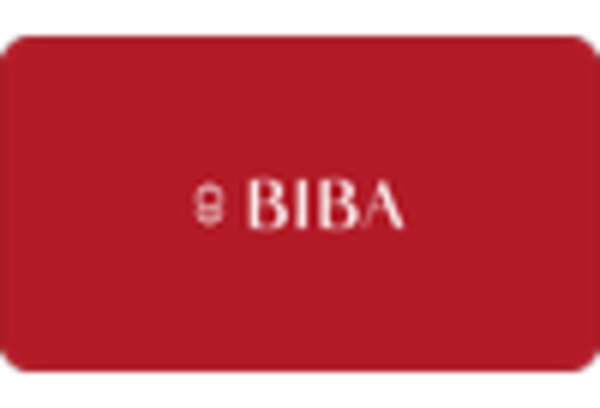
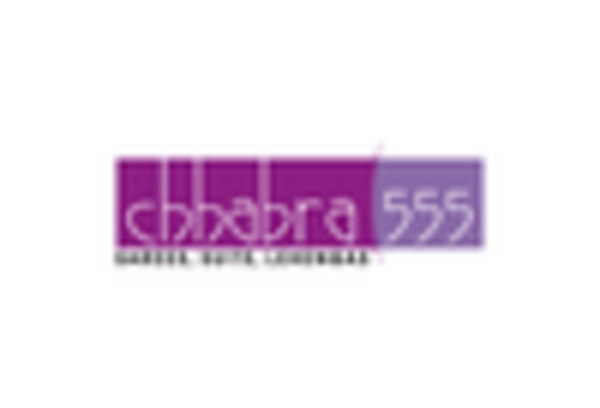
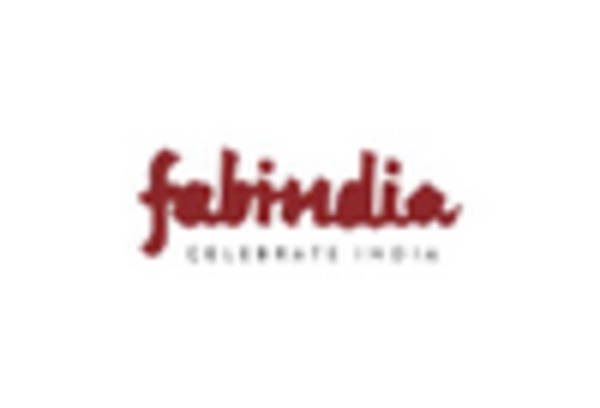
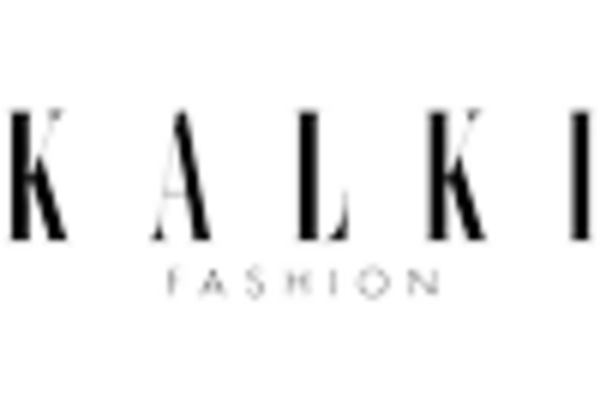
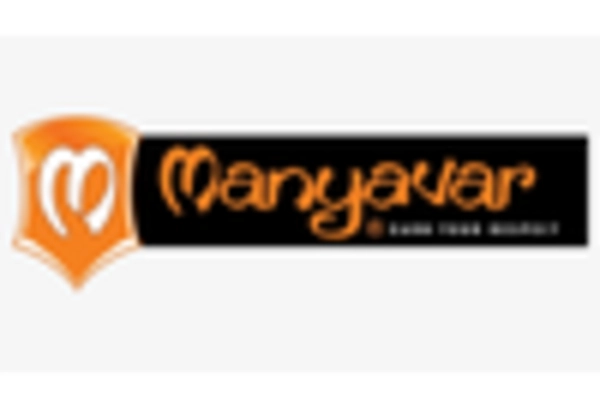
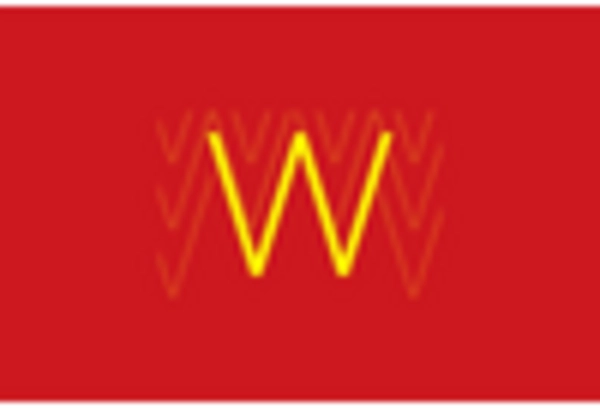








Leave a Comment